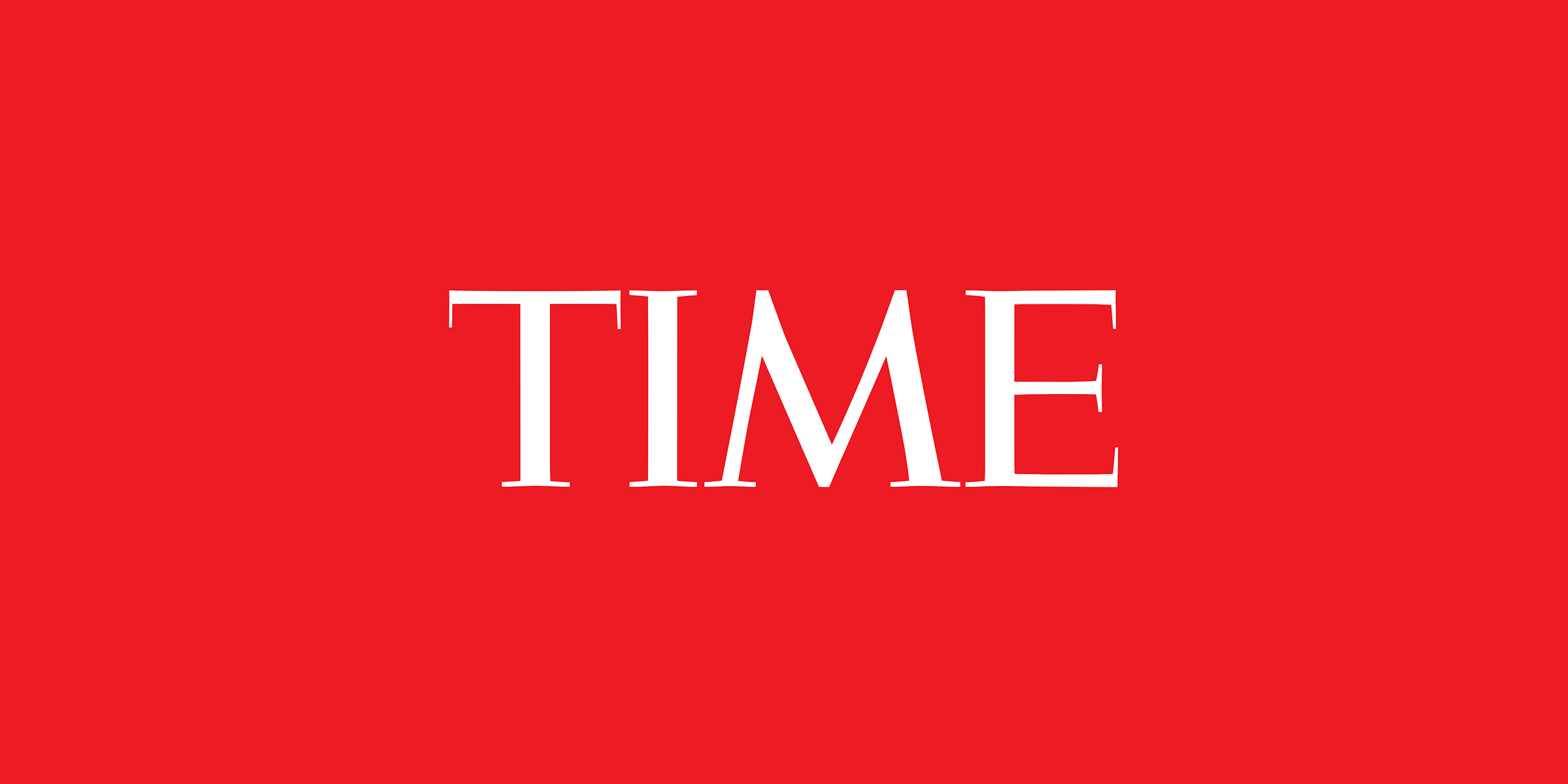I’d be remiss if I didn’t do a follow up to the post about what is a newspaper photograph, offering some thoughts about how to improve life in newsprint.
Category: Photojournalism
-

Amid Japan’s Devastation
LightBox | Time
Read the latest stories about LightBox on Time
via Time: https://time.com/section/lightbox/
TIME contract photographer Dominic Nahr is documenting the aftermath of the devastating earthquake and tsunami in Japan. Nahr, represented by Magnum, arrived one day after the 8.9-magnitude quake, and spent the first night with several other journalists on the floor of a house in Fukushima. “Quite a sight, six guys huddled together like sardines covered in blankets,” he said.
-

Tyler Hicks, Lynsey Addario, Two Other NY Times Journalists Missing In Libya
Four New York Times Journalists Are Missing in Libya
The Times said Wednesday that editors were last in contact with the missing journalists on Tuesday morning.
via Media Decoder Blog: http://mediadecoder.blogs.nytimes.com/2011/03/16/four-new-york-times-journalists-are-missing-in-libya/
The missing journalists are Anthony Shadid, the Beirut bureau chief and twice winner of the Pulitzer Prize for foreign reporting; Stephen Farrell, a reporter and videographer who was kidnapped by the Taliban in 2009 and rescued by British commandos; and two photographers, Tyler Hicks and Lynsey Addario, who have worked extensively in the Middle East and Africa.
-
It takes more than a camera phone
Wade Laube – Constant Updates
Constant Updates
via Wade Laube – Constant Updates: http://www.wadelaube.com/blog/it-takes-more-than-a-camera-phone/
A prominent Australian newspaper is experimenting with the idea of issuing reporters with camera-capable mobile phones with which they are supposed to produce photographs for their court and police stories without the involvement of an actual photographer.
-
War Photographers Change Focus
I have talked a lot over the years to war photographers about their work. But I had to wonder this week when it becomes too much. In several interviews, some of the best visual artists of this generation talked about how they realized it was time to step away. They’re still focused on conflict but in different ways.
-
Kamber response to Teru's attacks | Lightstalkers
Though you were in New York, thousands of miles away from where the two were killed, you immediately publicly criticized these photographers—both with decades of experience—for their own deaths.
Your Facebook post reads, “Four guys hit with the same round were too close together.” In fact, they may have been climbing into a truck to retreat, they might have been helping wounded civilians, they might have been running for common shelter.
-
bmi Voyager » Maximum Exposure
“THE HUMAN MIND SHOULDN’T BE EXPOSED TO SUCH SHOCKING THINGS,” says Zed Nelson, the award-winning British photographer famous for his pictures taken in some of the most lawless areas of the world. Yet Nelson’s not talking about being arrested and locked in a hut in Sudan or even getting dengue fever with the French Foreign Legion in the jungles of French Guiana. He’s recalling his experiences backstage with Naomi Campbell and Linda Evangelista at 1992’s Paris Fashion Week. “I’d just come back from documenting the famine in Somalia and suddenly I was exposed to the behaviour of supermodels. It was mind-bending stuff!”
-
Colorful Insights From a Press Photographer – A Half-Century Later – Assignment Chicago
Gerry Souter was a photography student from the Art Institute who came to the work as a press photographer for the Chicago Tribune in 1964. He stayed two years. In that time, he had a view of photojournalism that we will never see again.
Since that time, he has become a media consultant and prolific author, writing over 40 books with his wife Janet.
Recently he privately responded to one of my blog posts, sharing some of the history of photojournalism as practiced in Chicago about 47 years ago. It was fascinating, so I asked for a “10 Questions” interview about life as a press photographer in the early 60’s. -
If everybody can be a photographer…
via Thomas Hawk Digital Connection |: https://thomashawk.com/2011/05/on-flickrs-change-in-data-retention-policy-and-twitters-new-photosharing-service.html
I think this is great for a couple of reasons. First the leading player in the Twitter photo space twitpic is a total ripoff for photographers. When you use it you are giving them the right to sell your photos through some fine print in the TOS. Many people don’t read TOS agreements and twitpic doesn’t really advertise or clearly disclose that they can screw you over and steal your rights.
-
Hypocritical proofs
via Thomas Hawk Digital Connection |: https://thomashawk.com/2011/05/on-flickrs-change-in-data-retention-policy-and-twitters-new-photosharing-service.html
I think this is great for a couple of reasons. First the leading player in the Twitter photo space twitpic is a total ripoff for photographers. When you use it you are giving them the right to sell your photos through some fine print in the TOS. Many people don’t read TOS agreements and twitpic doesn’t really advertise or clearly disclose that they can screw you over and steal your rights.
-

A Chance In Hell: Inside A Combat Hospital In Afghanistan
The Virginian-Pilot
The Virginian-Pilot: Your source for Virginia breaking news, sports, business, entertainment, weather and traffic
via The Virginian-Pilot: https://www.pilotonline.com
Pilot reporter Corinne Reilly and photographer Ross Taylor spent two weeks this spring in Afghanistan with the staff of the NATO hospital in Kandahar. Their job is to save the most critical casualties in the most unforgiving war zone. Since 2001, more than 100 doctors, nurses and corpsmen from Portsmouth Naval Medical Center have served there.
-
Confirmed: Gannett has acquired US Presswire
Gannett Blog’s Jim Hopkins notes that US Presswire contracts with scores of freelance sports photographers, many of whom work on spec, with no promise of getting paid, and “that allows it to sell images at bargain-basement prices. Gannett has been turning to more low-cost content syndicates over the past year.”
